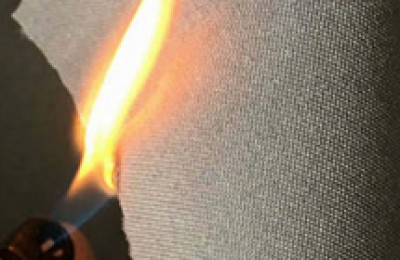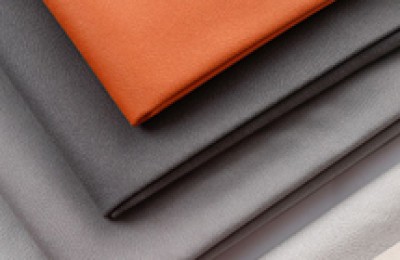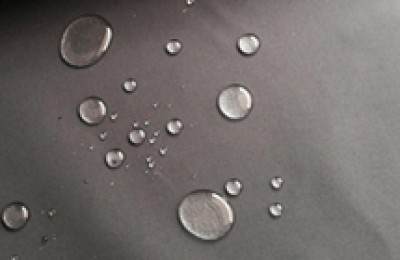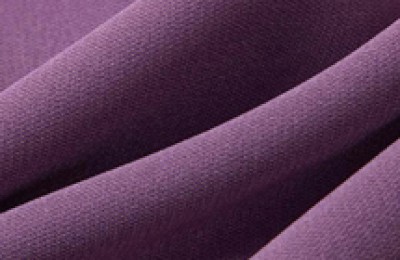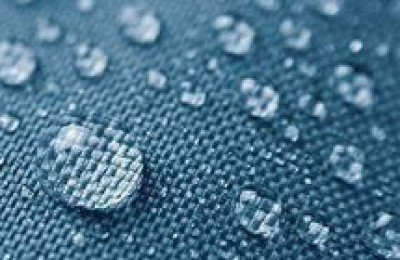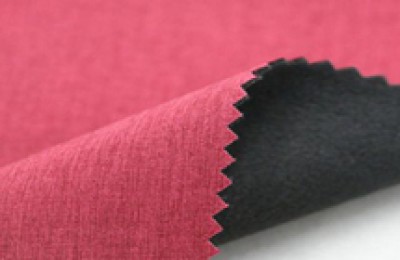Styling is the main process of finishing. Through the mechanical action of the setting machine and the anti-shrinkage, softening, and hardening effects of chemical reagents, knitted fabrics can achieve a certain shrinkage, density, and feel, and can achieve the appearance of uniform width, smooth lines, and clear textures. . The following describes the practical techniques for shaping and sorting
Styling Finishing production
The setting machine is a machine used for setting the shape of textile products. The setting machine can be divided according to type: yarn setting machine, sock setting machine, fabric setting machine, curtain setting machine, spandex Covered yarn setting machine, silk setting machine, garment setting machine, suit setting machine, etc.
Heat setting of styling fabrics is divided into two types: dry and wet
Dry heat setting:
The fabric is heated by hot air in the heating chamber, and the sealing degree is stretched to a certain size. After leaving the heating chamber, it is cooled, so that the temperature drops to the glass transition temperature of the fiber, thereby obtaining stable dimensions, such as polyester, etc. For fabrics, the temperature is generally 180~~210℃ and the time is 20~~30 seconds.
Moist heat styling:
There are two options: hot water bath and steaming First, hot water bath is to process the fabric in boiling water or a high-pressure cylinder, while steaming is to wind the fabric on a perforated roller and steam it with steam. Nylon fabric is commonly used for moist heat setting, and the temperature is 125~~135 in a high-pressure cylinder. ℃, process for 20~~30 minutes.
Heat setting can stabilize the size of the fabric to a certain set level, and the setting is pre-tensioned through program control. After the finished product is washed, or dried by mechanical force, etc., the pre-setting tension is added. Eliminate and return to the size before setting. The change rate during this process is called shrinkage, including vertical and horizontal changes.
Fabric parameters related to shaping
1. How to express the thickness of yarn
Indicates the thickness of yarn, with British system numbers and metric numbers. The commonly used imperial count (Ne) indicates how many 840 yards are contained in each pound of yarn. For example, 8S/1 means that each pound of yarn contains eight 840 yards. Metric count (Nm) refers to the length of yarn in meters per gram of weight. It can be seen from the definition that the smaller the yarn count value, the thicker the yarn. The units that indicate yarn thickness include denier and special number. Denier (D) refers to the grams of yarn per 9,000 meters; Tex (Tex) refers to the grams of yarn per 1,000 meters. It can be seen from the definition that the larger the denier (special number) value, the thicker the yarn. The British and metric counts are called fixed-weight units, and the denier and special numbers are called fixed-length units.
2. The meaning of some knitting process parameters 1. CPI: the longitudinal density of the fabric, that is, the number of coil courses (modulus) within 1 inch along the longitudinal direction of the coil; 2. WPI: the transverse density of the fabric, that is, the number of courses along the coil The number of coil columns (number of needles) within 1 inch in the transverse direction; 3. Weight: the weight of the fabric per unit area (GM/M2); 4. Yarn length: generally expressed as 50C, which is the length of 50 coils. Measured in MM.
Physical indicators and methods of stereotype control
1. Door width The door width can be adjusted directly on the shaping machine during production. The adjustable door width on the shaping machine is in centimeters, but the company’s order requirements generally require door widths in inches. Therefore, during the production process, inches must be converted into centimeters before adjustment can be made. Conversion formula: 1 inch = 2.54 centimeters.
2. Gram weight Generally, gram weight is controlled by adjusting overfeeding. Under the condition that the other tensions remain unchanged, within a certain range, the greater the overfeed, the heavier the gram weight, and the smaller the overfeed, the lighter the gram weight.
3. Cycle cycle is closely related to the gram weight, which refers to the repeated size of the pattern from the starting point to the end point. Its control method is the same as that of gram weight. Typically, cycling is controlled by adjusting overfeed. When the remaining tension remains unchanged, within a certain range, the larger the overfeed is, the shorter the cycle will be, and the smaller the overfeed will be, the longer the cycle will be.
4. Shrinkage Shrinkage is one of the most important physical indicators that need to be controlled when shaping. The shrinkage must be even and reasonable to be OK. For styling, shrinkage is mainly controlled through resin or pre-shaping.
For pure cotton fabrics, resin is generally used to control shrinkage. When the resin can fully react, the greater the amount of resin, the better the shrinkage, but the problem that arises is that the strength decreases more. Therefore, the amount of resin is subject to certain restrictions. Under normal circumstances, B/F strength is >85PSI, the test method is TUMBLEDRY fabric type, and the resin dosage is 50G/L. Generally, a formula with a resin dosage of 50G/L is regarded as a complete material. For pure cotton double-sided fabrics that only undergo ordinary finishing, the resin dosage of 80G/L is regarded as the entire material. Test methods for LINEDRY, HANGDRY, and FLATDRY generally reduce resin production to save costs.
5. Distortion Due to the twisting of the yarn, the yarn has a certain tendency to twist back after being woven into fabric, forming distortion. The tendency to twist is more pronounced in single-sided fabrics.
The size of the distortion is related to the twist of the yarn itself, the fabric structure and the knitting process. Twist is generally controlled by oblique shaping or step-by-step shaping. In many cases, a combination of the two methods is also used. However, for resin-made fabrics, the only way to improve distortion is through diagonal shaping; for resin-coated fabrics, step-by-step shaping can be used to improve distortion.
When the amount of resin cannot be too large due to strength reasons or the slanting of the fabric itself is too large and exceeds the adjustable range of the setting machine.content.
It can be seen from Figure 2-1-9 that water has a “loose” fiber structure, which enhances the fluid-like movement of macromolecule segments, and even It is very obvious at room temperature.
This illustrates the plasticizing effect of moisture during the heat setting process, thereby affecting the supramolecular structure and physical properties of the fiber. In addition, if you want to make the fibers have the same crystallinity after being set, during steam setting, due to the effect of moisture, the temperature can be lower than that of dry heat setting. Moreover, from the perspective of water absorption, their amorphous zone structure also has The difference is that the water absorption capacity of the fiber after steaming and setting is much higher.
During moist heat setting, tension also has an impact on the structure and physical properties of the fiber. Tension has the opposite effect on “loose” fiber structure.
The influence of moisture on the properties of polyester during heat setting is small, and is far less obvious than that of nylon. </p



